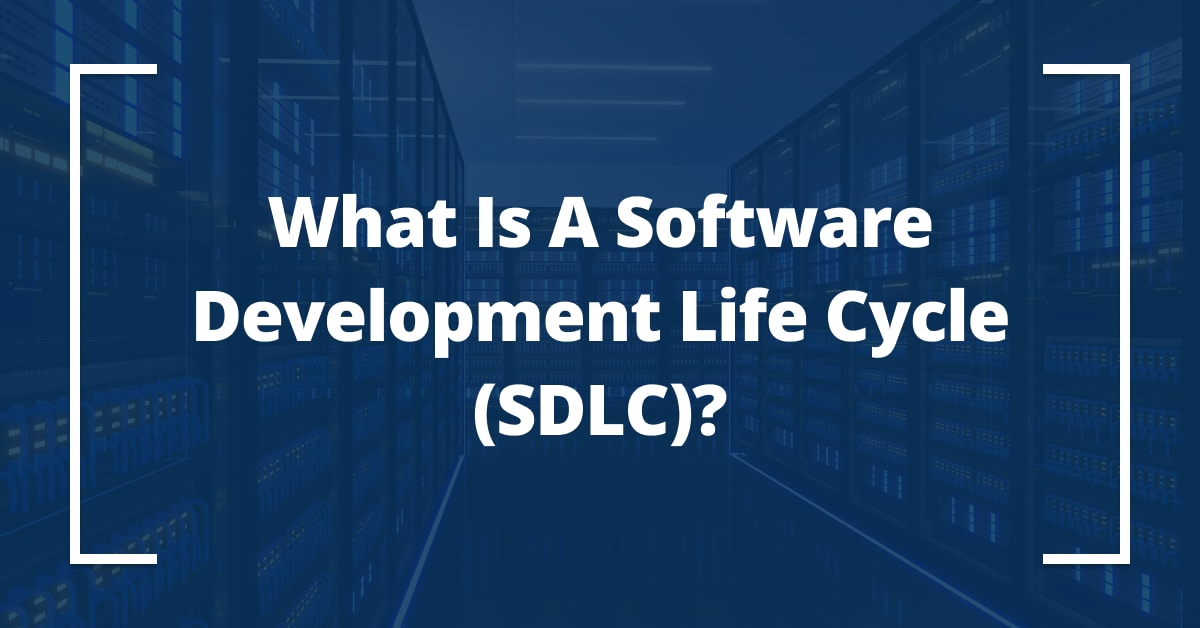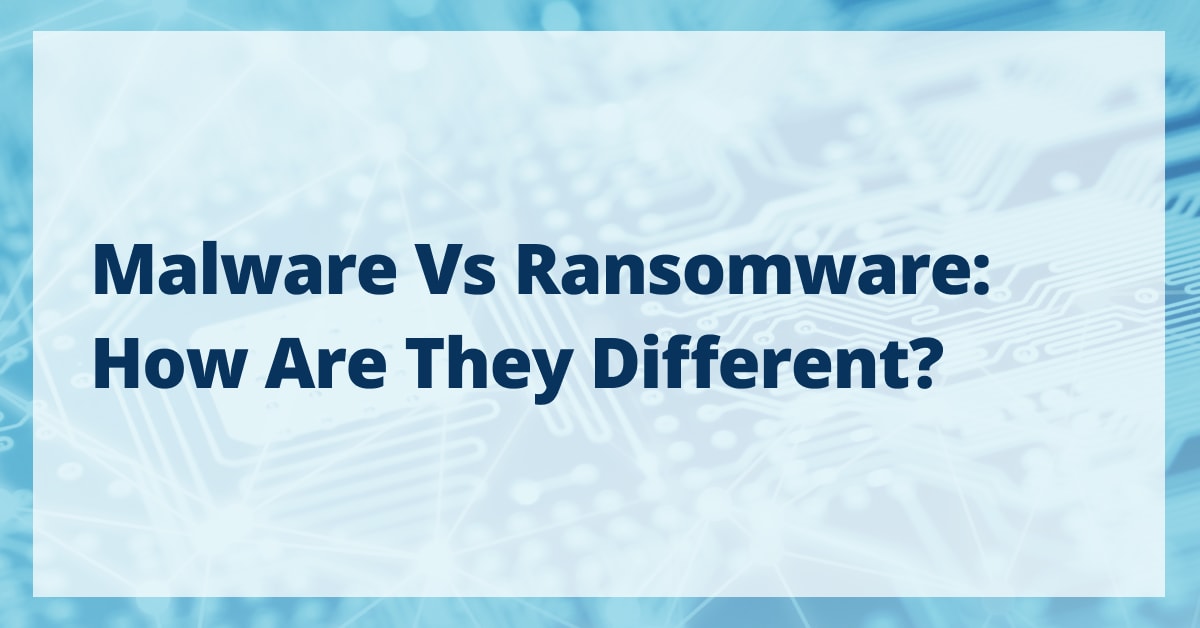
[ad_1]
In an era where businesses are increasingly dependent on software solutions to optimize operations, understanding the life cycle of software development becomes critical. However, if you’ve ever been involved in a software development project, you know it can feel complex and overwhelming. That’s where the SDLC comes in.
Read on to explore the concept of SDLC, its different phases, benefits, common challenges, and the impact of automation on SDLC processes.
Table of Contents
Defining the Software Development Life Cycle (SDLC)
SDLC is a structured process that software developers use on high-quality software from the design and development stage through testing. By using SDLC, developers can ensure that the system is effective and efficient within the information technology infrastructure. It also ensures that the project will be completed within time and cost estimates and meets or even exceeds customer expectations.
Understanding the Different Phases of SDLC
The SDLC is not a monolithic, single-step process but rather a multi-phased methodology. Each phase has its unique set of tasks and objectives contributing to the overall development effort.
Plan and Design
The initial phase involves identifying the need for a new application or system. This includes having a complete understanding of the requirements of the business, assessing the existing systems, and formulating a design plan. The design phase is critical, as it outlines the software’s architecture and how it will fulfill the identified needs.
Develop and Code
Next, the development phase begins. This is where the actual coding happens. Developers create the software in line with the design plan, following coding guidelines and standards. This stage is arguably the most intensive, requiring a high degree of skill, knowledge, and diligence from the development team.
Test and Quality Assurance
After the software is developed, it goes through rigorous testing to find and fix any bugs or inconsistencies. Quality assurance (QA) teams check the software to ensure it meets the set standards and fulfills the intended requirements. This stage is vital for reducing the risk of errors or performance issues in the final product.
Deployment and Support
Once the software has passed all tests, it’s ready for deployment. During this phase, the software is implemented in the intended environment. After deployment, ongoing support ensures the software remains functional and up to date. This may involve regular updates, bug fixes, and functionality improvements based on user feedback.
Benefits of Using an SDLC Model
The SDLC is essentially a roadmap for software projects, providing structure and direction. Adopting an SDLC model can significantly enhance your software development process, offering a plethora of benefits.
Quality Control
One of the standout benefits of an SDLC model is it improves quality control. The structured, step-by-step nature of the SDLC ensures meticulous planning and execution of every phase, from design to deployment. Regular checks and evaluations at each stage of the process aid in identifying and rectifying errors early, thereby enhancing the quality of the final software product. This reduces the risk of customer dissatisfaction due to faulty or subpar software.
Predictability
An SDLC model provides a predictable and repeatable process for developing software. Laying out a clear roadmap from the project’s inception to its completion allows for a more accurate estimation of timelines and resource allocation. This predictability aids in planning and can significantly improve project management efficiency.
Documentation
Throughout the SDLC, detailed documentation is created and maintained. This includes documenting requirements, design plans, test results, and more. This documentation can prove invaluable for future reference, troubleshooting, and if modifications are required down the line. Furthermore, it provides a basis for knowledge transfer, making it easier for new team members to understand the project.
Customer Satisfaction
At its core, the SDLC is about delivering software that meets or exceeds customer expectations. With a clear focus on understanding customer requirements and rigorous testing to ensure these requirements are met, the SDLC is geared towards achieving high customer satisfaction. The result is a software product that not only fulfills the customer’s needs but also provides a seamless and satisfying user experience.
Cost and Time Efficiency
With a well-defined SDLC in place, organizations can reduce wastage of time and resources. When issues are identified and addressed at an early stage, rework is minimized, leading to substantial time and cost savings. Moreover, the systematic approach of an SDLC allows for optimal resource allocation and utilization, which further contributes to cost efficiency.
By integrating an SDLC model into your software development process, your organization can reap these benefits, leading to high-quality software, satisfied customers, and an efficient, effective development process.
Common Challenges Faced in SDLC Processes
While the Software Development Life Cycle (SDLC) offers a structured approach to software development with numerous benefits, it’s not without its challenges. Understanding these challenges can help in devising strategies to mitigate them.
Here are the most common challenges associated with the SDLC process:
Changing Requirements
One of the most common challenges in SDLC processes is the alteration of requirements midway through the project. This could be due to evolving business needs, changes in the market, or new insights gained during the development process. Accommodating these changes can be difficult, especially if the project follows a rigid SDLC model like waterfall.
Resource Management
Managing resources effectively, including personnel, time, and budget, is often a significant challenge. This includes everything from ensuring you’ve allocated the right skills to the right tasks, to keeping the project within the budget, to managing timelines effectively. Any mismanagement can lead to delays, cost overruns, and reduced quality.
Communication
One of the most essential things to any project, including those following an SDLC, is clear and effective communication. However, maintaining consistent communication between various stakeholders, such as developers, testers, project managers, and business leaders, can be challenging. Without a doubt, improper communication can lead to misunderstandings, which will cause errors and delays.
Technical Debt
This refers to expenses related to unplanned rework. This is often the result of choosing a quick and easy solution as opposed to opting for an approach that, while taking longer, is ultimately the best solution. During an SDLC, there can be a temptation to rush through stages or take shortcuts to meet deadlines. However, these shortcuts can accumulate as technical debt, leading to more significant problems down the line.
Adherence to Quality Standards
Ensuring adherence to quality standards throughout the process can be a challenge. This requires continuous monitoring and rigorous testing, which can be resource intensive.
Keeping Up with Technology Trends
The tech world is dynamic, with new technologies, tools, and practices emerging regularly. Keeping up with these changes and integrating them into the SDLC can be a daunting task, yet it’s crucial to ensure that the software remains competitive and up to date.
These challenges, while significant, are not insurmountable. By understanding them and implementing strategies such as adopting flexible SDLC models, using project management tools, and fostering a culture of open communication, you can effectively manage them.
Implementing an SDLC Model for Your Business’s Projects
Implementing an SDLC model in your business involves a thorough understanding of your business needs and goals. Start by identifying the requirements of your software project. Then, choose the most suitable SDLC model — for instance, waterfall for linear projects or agile for projects requiring flexibility and continuous iterations.
Additionally, you should include stakeholders in the planning and decision-making process. You need to establish clear communication channels. Lastly, be prepared for change and adopt a continuous improvement mindset to refine your SDLC processes over time.
How Automation Can Help Simplify Your SDLC Processes
In the fast-paced digital world, speed and efficiency are paramount. Automation can significantly simplify and streamline SDLC processes. You can use automated tools in various stages of the SDLC, from automatic code generation in the development phase to automated testing in the QA phase.
Automation reduces the chances of human error, increases process efficiency, and allows the development team to focus on more complex tasks. For instance, Continuous Integration/Continuous Deployment (CI/CD) pipelines automate the process of integrating changes and deploying the software, ensuring faster delivery and higher quality.
Moreover, automation can also aid in project management, resource allocation, and monitoring, providing real-time insights and data-driven decision-making. However, it’s important to remember that automation is not a replacement for skilled teams — it’s a tool to enhance their capabilities.
Understanding the SDLC for Your Business
The Software Development Life Cycle is a fundamental concept in the world of software development. With this in mind, businesses can better manage their software development projects, ensuring high-quality outcomes that meet customer needs and expectations by understanding its different phases, benefits, and challenges.
With the right implementation and the judicious use of automation, an SDLC model can significantly enhance your business’s software development capabilities, leading to improved productivity, efficiency, and customer satisfaction.
At Liquid Web, we understand the complexities of software development and offer a range of solutions to support your business through every phase of the SDLC. From planning and design to deployment and support, our team of experts is ready to help you navigate the process with ease. If you have any questions or need further assistance, don’t hesitate to contact us.
[ad_2]
Source link






